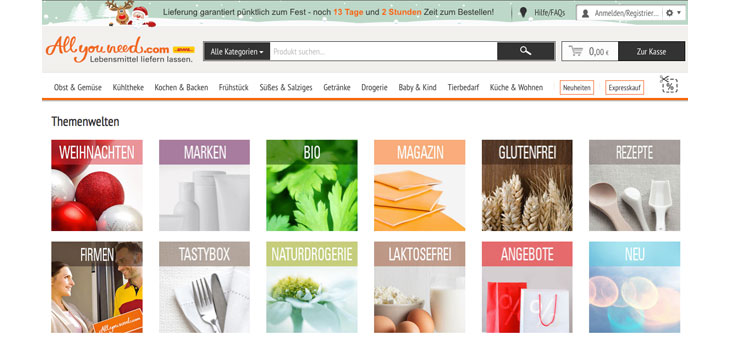
It’s easy to say e-commerce: as convenient and economical as it may be, this way of shopping has an Achilles heel: home delivery. Causing problems to one in five Europeans last year, according to a survey by JDA. Delivery delays or no delivery at all are the most frequent complaints, with variations depending on the country in question. Almost half of Swedish customers (47%), for example, reported delivery delays. The UK, on the other hand, has the unenviable record of no delivery at all, as declared by more than a quarter (28%) of respondents.
Perhaps this is why click and collect and click and drive are becoming so popular, i.e. online order with collection in the store or directly loaded in the car. Almost one in two British people have already tried it (48%) in the last 12 months. But this approach is also growing in France (31%), Sweden (28%) and Germany (19%). Cost and convenience are the reasons for choosing the alternative to “pure” e-commerce. What is certain is that shopping online (including home delivery and/or “Click and Collect”) will continue to gain popularity. over two thirds (67%) of European consumers said that within five years the majority of their purchases will be online.
Willing to pay as long as it arrives immediately
That delivery is a crucial issue of all online sales is demonstrated by the fact that over one third (37%) of respondents are willing to pay a premium to get same-day delivery. And it is precisely for food items that fast delivery is of most interest and for which it is worth spending a little more: it is requested by 63% of Germans, 48% of Swedes and 40% of British people, while the French are more willing to pay a premium for fast delivery of electrical and entertainment equipment (33%).
Returns remain the main source of dissatisfaction for over half (53%) of consumers, disgruntled by having to pay postage and packing for return items. Other frustrations concern the inconvenience of returning items by mail or having to wait for a courier (35%) and the impossibility to return items collected at the store (21%), which also in this case is a fundamental issue for any multichannel strategy.
And Italy? For now it is looking on and experimenting…
The results are based on the combined data of the JDA Customer Pulse Reports 2014, involving 8,177 consumers between 16 and 54 years of age in the United Kingdom, France, Germany and Sweden. Excluding Italy, therefore, which in fact is still a long way behind, especially in certain areas, such as large-scale distribution as far as e-commerce is concerned.
“Based on our experience, Italian retailers are very interested in the omni-channel approach which, compared to the UK, is certainly still in the early stages. Operating in omni-channel mode makes it even more important to focus on the delicate balance between service and margins. As highlighted by our research in a number of European countries, also in Italy we expect that the hybrid models of online shopping and order collection in a physical place – store, dark store, drive – will become increasingly popular. This scenario requires retailers to rethink supply chain processes in a strategic manner in order to drive innovation in customer services, managing to balance operational excellence with profitability” says Stefano Scandelli, JDA Vice President Sales South Europe.




